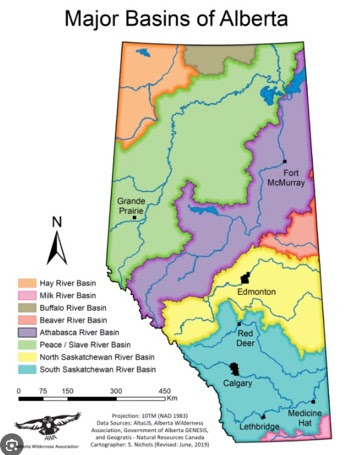Bernie Peet was our guest fly tying instructor. Bernie taught 24 fly tyers how to tie 4 excellent stillwater patterns. You can read Bernie's notes below. Tying well proportioned slim callibaetis nymphs takes practice and precision! Bernie's instructions helped us all tie excellent nymphs that will certainly be winners on our next trip to our favourite lakes! Thanks for the informative evening Bernie!
Next week Garnet Clews is our guest tyer. Stimulators and Lime Sallies are on the menu! Be sure to have orange, olive, and yellow thread along in 6/0 for the stimulators. Bring chartreuse or yellow 8/0 for the lime sallies!
Note: The ALL Day Phil Rowley Workshop on February 4this rapidly filling up. We will be full once we hit 30 fly tyers. Drop Bob a note to sign up! We have 26 tyers signed up so far. The cost of the workshop is $40!
We will also have pub night on Friday February 3rd. Stay tuned for the time and location!
Cracking Callibaetis
Last May, at Dragon Lake, Quesnel, BC, there were some prolific mayfly hatches. Trout fed sporadically, for two, or perhaps three hours, in the late morning, then again in the early evening. We quickly found that trout preferred slim, light coloured mayfly patterns rather than the pheasant tail nymphs that many anglers were using. The most successful fly was the King’s Callibaetis Mayfly, which was responsible for catching fish to 5 lbs 8ozs. However, the colour of the mayflies varied, almost from day to day, and sometime a darker pattern or green mayflies were successful. Presentation was equally important; we fished with a floating line and a long leader in depths of 6 to 10 feet, twitching the flies above the weed beds. Alternatively, we could have used a nymph tip line or a clear intermediate to provide a different presentation.
We came back from BC with one battered King’s Callibaetis left, so this was the first pattern I started tying last fall. I have also explored various other Callibaetis patterns and here are some of the recipes that I would like to share with the group.
Skip Nymph (Skip Morris)
Hook: 2X Nymph, eg. Mustad S82-3906B, or Daiichi 1710, size 12 – 16
Thread: 8/0 brown
Tail, back and thorax cover: About 8 Pheasant Tail fibres
Body and thorax: Hareline dubbing, Hair’s Ear
Rib: Copper wire
Poxyback Callibaetis (intheriffle.com, via YouTube)
Hook: Curved nymph, eg. Mustad C53S, size 10 - 16
Thread: Olive UTC 70
Tail: Ostrich herl, light gray
Body and thorax: Whitlock SLF dubbing, Scud Shrimp olive
Rib: Krystal Flash, pearl
Thorax cover: Pheasant tail
Gills: Fibres from base of partridge feather
Legs: Partridge
Poxyback: UV resin
King’s Callibaetis Mayfly (Matt King, in Stillwater Selections by Phil Rowley)
Hook: Mustad C53S, size 12 – 16
Thread: 8/0 or 6/0 tan
Tail: Partridge
Body: Thin Skin, tan
Thorax: Stillwater Solutions Sparkle Blend Dubbing, Callibaetis
Legs: Partridge
Head: Stillwater Solutions Sparkle Blend Dubbing, Callibaetis
Wing case: Thin Skin, mottled oak, natural
Stillwater Callibaetis (Phil Rowley in Stillwater Selections)
Hook: 2X Nymph, eg. Mustad S82-3906B, or Daiichi 1710, size 12 – 16
Thread: 8/0 olive or tan
Tail: Stillwater Solutions mottled Turkey Flats, Callibaetis or light olive
Rib #1: Wire, Fine silver
Rib #2: Crystal Hair or Krystal Flash, pearlescent or silver
Body: Stillwater Solutions mottled Turkey Flats, Callibaetis or light olive
Wing case: Stillwater Solutions Midge Braid, brown
Thorax: Stillwater Solutions mottled Turkey Flats, Callibaetis or light olive
Legs: Stillwater Solutions mottled Turkey Flats, Callibaetis or light olive



















No comments:
Post a Comment